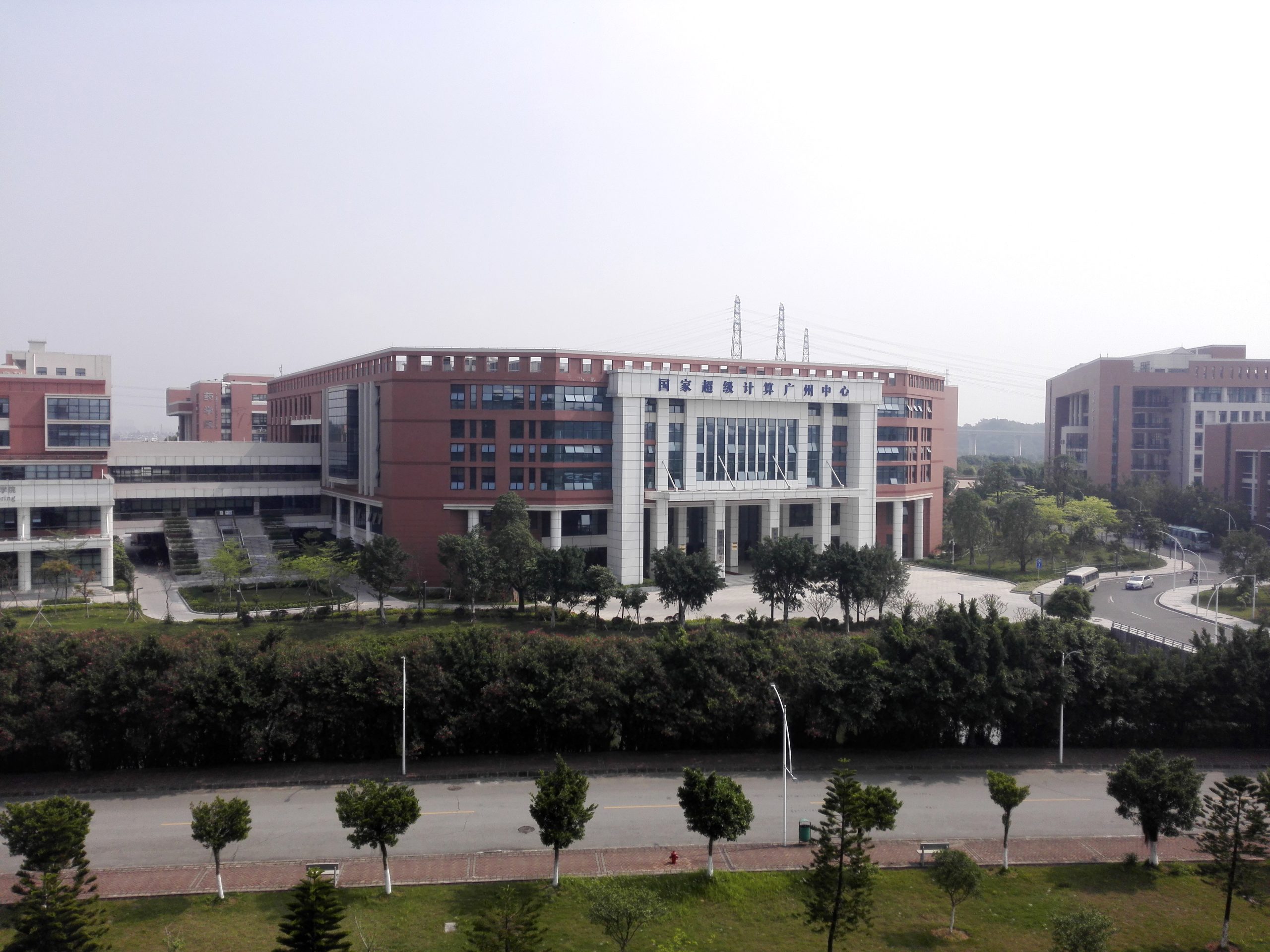Supercomputers are the unsung heroes of modern technology. These high-performance computing machines enable breakthroughs in scientific research, advance national security, and power innovations across various domains. National Supercomputer Centers serve as the backbone of this computational revolution, offering the most cutting-edge facilities for scientists, researchers, and engineers to tackle complex problems. In this blog post, we delve into the world of National Supercomputer Centers, their significance, and some of the top facilities globally.
The Significance of National Supercomputer Centers
National Supercomputer Centers are the epicenters of computational power and innovation. These facilities are funded and supported by governments to provide access to state-of-the-art supercomputers for research institutions, academia, and industry. Their significance lies in several key areas:
- Scientific Research
Supercomputers are indispensable tools for scientific discovery. They enable simulations and data analysis that were previously inconceivable. From understanding climate change and weather patterns to modeling molecular interactions and simulating the behavior of galaxies, supercomputers push the boundaries of our knowledge.
National Supercomputer Centers house supercomputers capable of processing vast amounts of data and running complex simulations. Researchers from various fields, including physics, biology, and materials science, rely on these resources to make groundbreaking discoveries.
- National Security
In an increasingly digital world, national security is a top priority for governments. Supercomputers play a vital role in ensuring the security and defense of a nation. These machines are used to model and predict potential threats, simulate military scenarios, and analyze vast datasets for intelligence purposes.
National Supercomputer Centers are at the forefront of national security efforts, providing the computational power required to protect against cyberattacks, develop advanced encryption methods, and analyze complex geopolitical situations.
- Technological Innovation
Supercomputing is not limited to scientific and military applications. It also drives innovation in industries such as aerospace, automotive, and healthcare. Complex simulations and data analysis performed on supercomputers help design more efficient engines, optimize manufacturing processes, and discover new drugs and therapies.
National Supercomputer Centers collaborate with industries to support their research and development efforts. This collaboration leads to technological advancements that can have far-reaching effects on a nation’s economy and global competitiveness.
Top National Supercomputer Centers Worldwide
Several countries have established National Supercomputer Centers that are renowned for their capabilities and contributions to various fields. Let’s take a look at some of the top centers across the globe:
- National Energy Research Scientific Computing Center (NERSC) – United States
Located in California, NERSC is one of the premier supercomputer centers dedicated to advancing scientific research. It houses systems capable of performing calculations at exascale speeds, making it indispensable for research in astrophysics, climate modeling, and materials science. - RIKEN Center for Computational Science (R-CCS) – Japan
Japan’s R-CCS is known for its cutting-edge supercomputers and contributions to materials science and drug discovery. It hosts the Fugaku supercomputer, which held the title of the world’s fastest supercomputer for a period. Fugaku is instrumental in weather modeling, drug design, and disaster prevention simulations. - SuperMUC-NG – Germany
SuperMUC-NG, located in Germany, is a supercomputer center with a strong focus on energy efficiency. It is part of the Gauss Centre for Supercomputing and supports research in fields such as quantum chromodynamics and computational fluid dynamics. - National Supercomputing Center (NSCC) – Singapore
Singapore’s NSCC is a regional hub for supercomputing and high-performance computing. It serves as a vital resource for researchers in Southeast Asia and supports projects in areas like urban planning, healthcare, and climate modeling. - National Supercomputing Centre (NSC) – Sweden
Sweden’s NSC hosts supercomputers essential for research in fields like computational chemistry, biophysics, and environmental science. Their resources are critical in studying complex biological systems and climate modeling.
The Future of National Supercomputer Centers
The role of National Supercomputer Centers in shaping the future cannot be overstated. As technology continues to advance, these centers will be at the forefront of innovation and discovery. Here are some key trends that are expected to influence the future of these centers:
- Exascale Computing
The race to exascale computing is on, with countries and institutions striving to build supercomputers capable of performing a quintillion calculations per second. Exascale computing will open new frontiers in scientific research, from simulating the human brain to predicting natural disasters with unprecedented accuracy. - Artificial Intelligence and Machine Learning
Artificial intelligence and machine learning are revolutionizing various industries. National Supercomputer Centers will play a vital role in training and deploying AI models, enabling breakthroughs in healthcare, autonomous vehicles, and natural language processing. - Quantum Computing
Quantum computing is poised to disrupt the world of computing. National Supercomputer Centers will likely be at the forefront of quantum research, developing practical quantum algorithms and harnessing the power of quantum processors for complex simulations and cryptography. - International Collaboration
In an interconnected world, international collaboration in supercomputing is becoming increasingly important. National Supercomputer Centers will continue to engage in partnerships and collaborations with other countries to leverage expertise and resources, fostering a global community of computational scientists.
Conclusion
National Supercomputer Centers are the driving force behind scientific research, national security, and technological innovation. These centers provide the computational power required to tackle complex problems and push the boundaries of human knowledge. As we look to the future, these centers will play a pivotal role in shaping the next generation of supercomputing technologies, contributing to the betterment of society and the advancement of human understanding.
Whether it’s simulating climate change, optimizing manufacturing processes, or securing a nation’s digital infrastructure, National Supercomputer Centers are at the forefront of innovation and discovery, making them essential institutions for the progress of our world.


